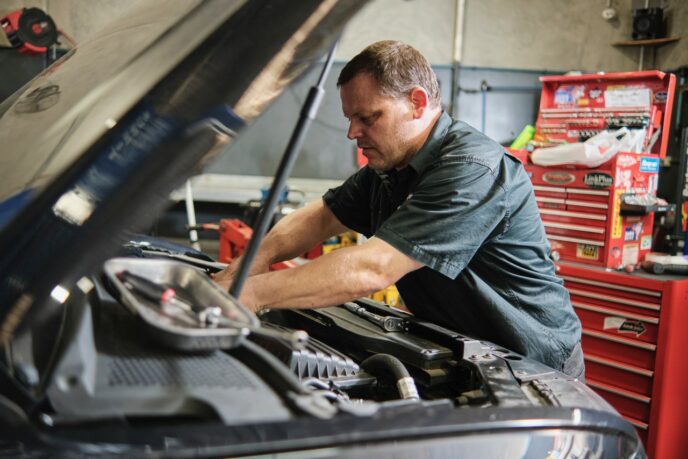
The Australian Automotive Aftermarket Association (AAAA) has joined other global association leaders to support the critical global right to repair movement by signing the new right to repair position statement.
Globally, the automotive aftermarket keeps 1.5 billion vehicles on the road while contributing $1.8 trillion to the global economy. After vehicles exit their warranty period, independent repair shops perform 70% of repairs. This vibrant industry and the consumer choice that it creates is being threatened by automotive manufacturers that block access to wirelessly transmitted vehicle repair and maintenance data.
Without the convenience and choice of independent parts and repair, especially in suburban and rural communities, consumers will have limited access to affordable vehicle service and repair. These restrictions can have catastrophic effects on local economies and the well-being and safety of millions that rely on vehicle transportation daily.
The new right to repair position statement enumerates the core beliefs of the movement and the objectives and intended outcomes of right to repair legislation. Importantly, the document sets forth 10 best practice principles to developing a framework for right to repair legislation that any supporting country can use and adapt them to their needs.
In Australia the Federal Government introduced the new Motor Vehicle Information Scheme (MVIS) in 2021, and that Law came into effect on 1 July 2022.
“We are now the only country in the world to have comprehensive legislation to protect consumers rights to fair and open competition,” said AAAA CEO Stuart Charity.
“That legislation does not include access to information that is transmitted wirelessly from the vehicle to the car maker, all of which is not well known by drivers and not regulated by governments.
“Our Law is the best in class, but even here in Australia we can see areas of improvement when the Law is reviewed – we need to keep up with evolutions in technology that would limit owners’ right to choose and violate their privacy,” said Stuart.
The 10 AAAA Best Practice Guidelines for Legislators are:
EQUAL ACCESS – Vehicle manufacturers/automakers must supply the same automotive service and repair information, tools and software that is supplied to authorised dealers/service providers.
TELEMATICS – Automotive service and repair information and data
sharing laws should include standardised, cyber secure access to information.
PASS THRU – Tools and software shall be offered for supply by manufacturers in a form that is practical and reasonably accessible to all auto repairers.
SUBSCRIPTION TERMS – The data provider must make information available on terms and conditions that meet the commercial needs of the repair shops.
FAIR MARKET PRICE -Access to information should be provided on a subscription basis that does not exceed the fair market value of the information.
REAL TIME ACCESS – Service and repair information shall be provided in real time with the introduction of the vehicle into the marketplace or at the same time as it is available to an
authorised service provider.
ACCOUNTABILITY, DISPUTE RESOLUTION AND ENFORCEMENT – Information sharing schemes should be established by legislation, include access to dispute resolution and
mediation services.
CIRCUMVENTION – Right to repair laws should anticipate the likelihood that automakers will use any and all means to find a loophole.
OPERATIONALISATION – Laws should permit the establishment of infrastructure to support and enable independent repairers access to vehicle security information that is required for
vehicle specific security-related repairs.
TRANSPARENCY – Legislation should mandate that each automaker is required to publish subscription terms on a common website.








